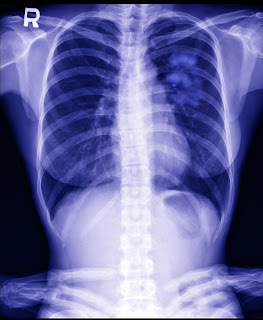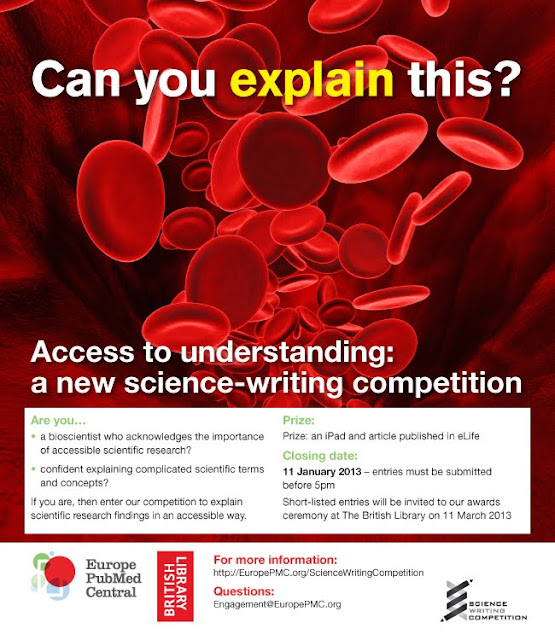
[by Gr[[[á]{style=“font-family: "helvetica neue" , "arial" , "helvetica" , sans-serif;”}]{style=“color: black; font-family: "calibri" , "sans-serif"; font-size: 11pt;

[by Gr[[[á]{style=“font-family: "helvetica neue" , "arial" , "helvetica" , sans-serif;”}]{style=“color: black; font-family: "calibri" , "sans-serif"; font-size: 11pt;

[by Robert Hoskin (]{style=“font-family: "helvetica neue" , "arial" , "helvetica" , sans-serif;”}[University of Sheffield, UK)]{style=“font-family: "helvetica neue" , "arial" , "helvetica" , sans-serif;”} [Short-listed for Access to Understanding 2013]{style=“font-family: "arial";”} [To what extent do biological and environmental factors influence how an organism develops?

[By [Katarzyna Makowska]{style=“color: black; mso-ascii-font-family: Calibri; mso-bidi-font-family: "Times New Roman"; mso-fareast-font-family: "Times New Roman"; mso-fareast-language: EN-GB; mso-hansi-font-family: Calibri;”}]{style=“font-family: "helvetica neue" , "arial" , "helvetica" , sans-serif;”}[[ (University of Leeds, UK)]{style=“font-family: "helvetica neue" , "arial" , "helvetica" , sans-serif;”}]{style=“color: black;

[By [David Daversa (]{style=“color: black; mso-ascii-font-family: Calibri; mso-bidi-font-family: "Times New Roman"; mso-fareast-font-family: "Times New Roman"; mso-fareast-language: EN-GB; mso-hansi-font-family: Calibri;”}[Institute of Zoology, University of Cambridge, UK)]{style=“color: black; mso-ascii-font-family: Calibri; mso-bidi-font-family: "Times New Roman"; mso-fareast-font-family: "Times New Roman"; mso-fareast-language: EN-GB;

[[By Luisa Robbez-Masson (Barts Cancer Institute, Queen Mary University, London, UK)]{style=“font-family: "helvetica neue" , "arial" , "helvetica" , sans-serif; font-size: small;”}]{style=“font-size: 11pt; line-height: 115%; mso-ansi-language: EN-GB; mso-ascii-theme-font: minor-latin; mso-bidi-font-family: "Times New Roman"; mso-bidi-language: AR-SA; mso-bidi-theme-font: minor-bidi; mso-fareast-font-family: Calibri; mso-fareast-language: EN-US;
[ by Ian Le Guillou, Department of Biochemistry, University of Cambridge ]{style=“font-family: "helvetica neue" , "arial" , "helvetica" , sans-serif;”} [Although contradictory to the hopes of the Access to Understanding competition, writing about the work described in ]{style=“font-family: "helvetica neue" , "arial" , "helvetica" , sans-serif;”}[’NLK is a Novel Therapeutic Target for PTEN Deficient Tumour Cells’]{style=“color: black;
[[By Claire Sand, Institute of Pharmaceutical Science, King’s College London]{style=“color: #5a595e; font-family: "arial" , "sans-serif";”}]{style=“font-family: "helvetica neue" , "arial" , "helvetica" , sans-serif;”} [The Access to Understanding competition had instant appeal for me because it seemed to combine my two greatest interests – science and writing.
[By ]{style=“font-family: "helvetica neue" , "arial" , "helvetica" , sans-serif;”}[Emma Pewsey, Department of Materials Science, University of Cambridge.]{style=“font-family: "helvetica neue" , "arial" , "helvetica" , sans-serif;”} [I’m a relative newcomer to biosciences – at school, physics and chemistry were more my thing. However, starting a PhD on the corrosion of metal implants in the human body meant I needed to brush up on my biology.

[We were delighted to announce the winners of the Access to Understanding science-writing competition at an awards ceremony held last night (11 March) at The British Library in London.]{style=“font-family: "helvetica neue" , "arial" , "helvetica" , sans-serif;”} []{style=“font-family: "arial";”} [Entrants to the ]{style=“font-family: "helvetica neue" , "arial" , "helvetica" , sans-serif;”}[competition were challenged to summarise a

Access to Understanding is a new science-writing competition, developed by Europe PubMed Central and The British Library, aimed at early career researchers and PhD students. The winner will receive an iPad and have their entry published in eLife.